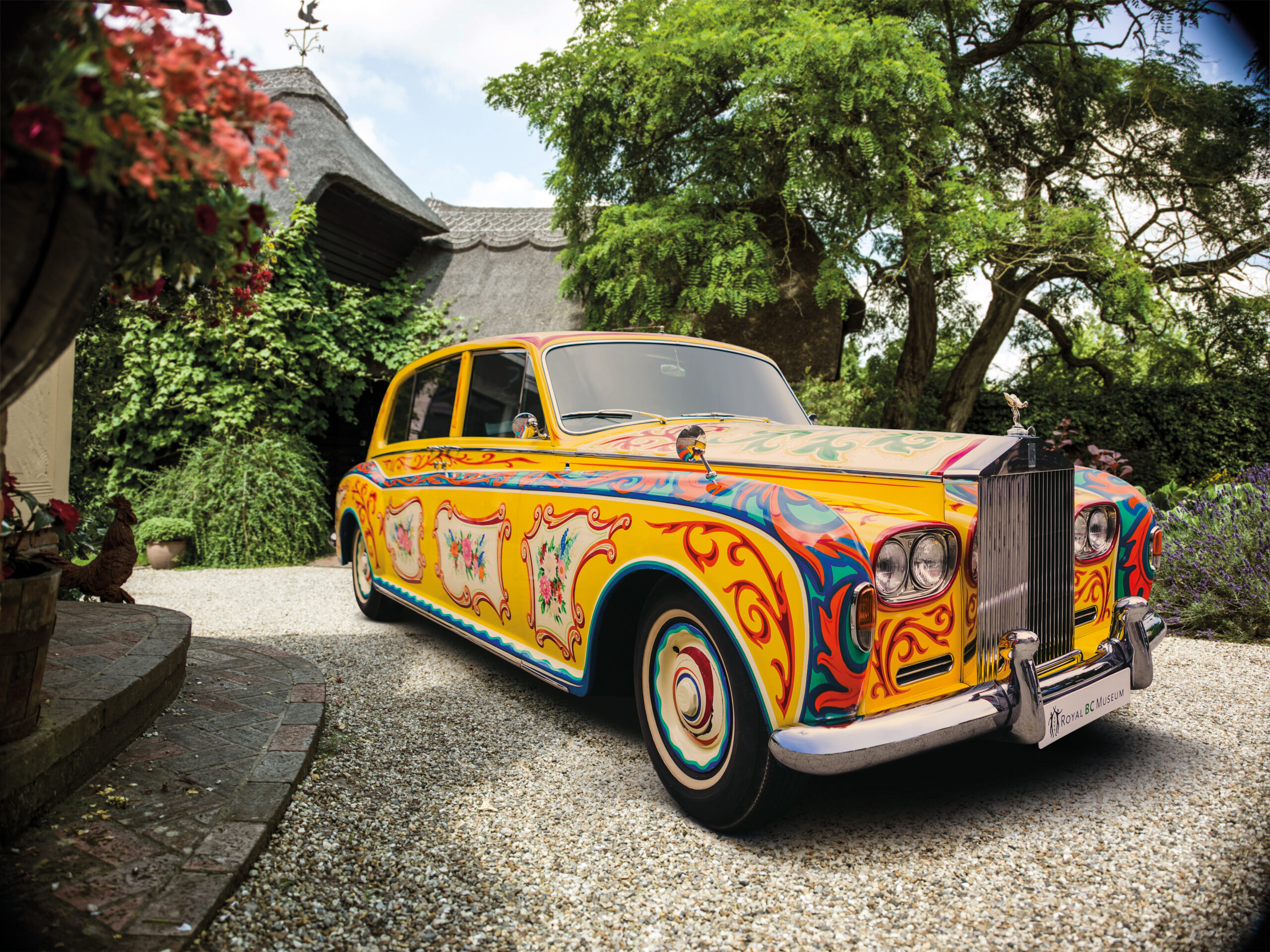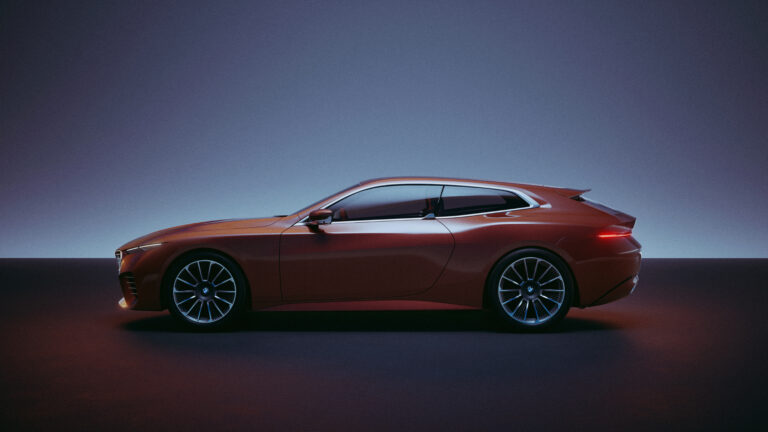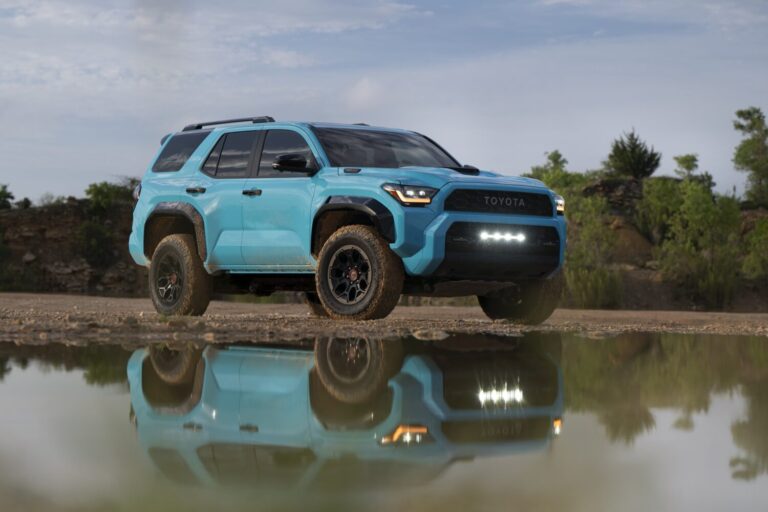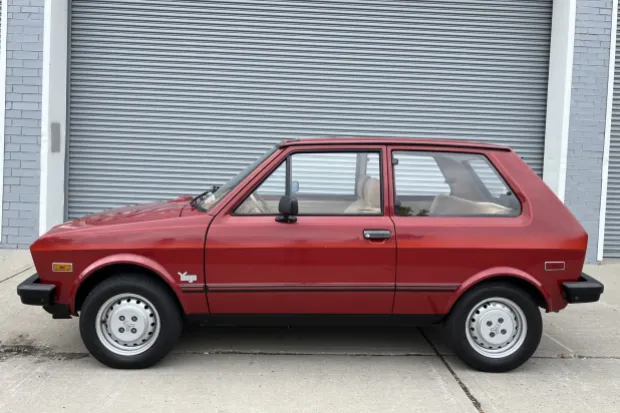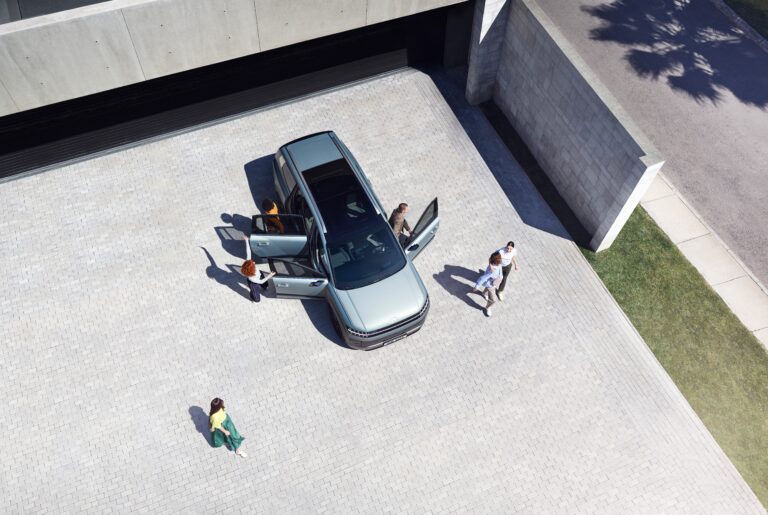A Century in the Driver’s Seat: How the Rolls-Royce Phantom Became the Ultimate Status Symbol

By Nik Miles
What car do you buy when you’ve bought everything else?
For 100 years, the answer has been the same: the Rolls-Royce Phantom. Not just a car, but a cultural mainstay, a symbol of authority, and—depending on the owner—a canvas, a microphone, a diplomatic envoy, or a psychedelic anti-establishment statement on wheels.
Yes, that Rolls-Royce.

What Makes the Phantom Still Relevant After 100 Years?
In a world where TikTok trends expire faster than you can say “bespoke leather trim,” the Phantom’s centennial is not just remarkable—it’s defiant. Launched in 1925, the Phantom has glided through eight generations of history, ferrying everyone from monarchs to music legends, each leaving a fingerprint on its mythos. This is no rolling antique; it’s an evolving icon.
The 2025 centenary celebration isn’t marked by just another trim package or badge-laden special edition. Instead, Rolls-Royce tapped into its artistic roots, drawing inspiration from the original 1910 Spirit of Ecstasy commission by Charles Sykes. The brand commissioned new artworks to honour the Phantom’s cultural legacy—proof that this car remains more museum-worthy than most museums.

Who Drove It—and Why Should We Care?
The Phantom hasn’t just appeared at history’s doorsteps; it’s often parked front and center.
- 1948: The first Phantom IV was commissioned for the newlywed Duke of Edinburgh and Princess Elizabeth. The British Royal Family eventually collected six Phantoms, including the Silver Jubilee Phantom VI, used for Prince William and Kate Middleton’s wedding in 2011. So yes, this car has royal pedigree, wedding album included.
- 1966: Sheikh Zayed of Abu Dhabi took delivery of a Phantom V, which later transported the British Ambassador to the UAE’s formal unification ceremony in 1971. Founding a nation in one? Check.
- WWII: Field Marshal Montgomery used two Phantom IIIs—one to chauffeur Churchill, Eisenhower, and King George VI before D-Day. The other ferried Commonwealth leaders post-war. Even military minimalists understand the value of a proper entrance.
- John Lennon turned his Phantom into a psychedelic protest against British conservatism, repainting it yellow with swirling graphics. When an elderly woman struck it with her umbrella and screamed, “You swine! How dare you do that to a Rolls-Royce!”—he knew it had achieved immortality.
- Elvis Presley, never one for subtlety, had his Phantom V fitted with a microphone and writing desk, then repainted after his mum’s chickens pecked at their reflections. Only in Memphis.

So, Is the Phantom Still a Car for the Elite—or Just a Relic?
Here’s the twist: it’s both. But increasingly, it’s become a stage for personal branding, especially among the modern self-made.
With the Phantom VII and VIII, launched in the 2000s and 2017 respectively, Rolls-Royce attracted a new breed: entrepreneurs, influencers, and digital moguls. Instagram became the new Savile Row. Three Drophead Coupés featured in the 2012 London Olympics closing ceremony—broadcast live to hundreds of millions worldwide. The Phantom wasn’t fading into history; it was trending.
And Hollywood? It never let go. From James Bond’s Goldfinger (1964) to The Yellow Rolls-Royce (also 1964), Phantom became both star and prop. In 2024, Rolls-Royce celebrated Goldfinger’s 60th with a Phantom VIII dressed in the original villain’s black-and-yellow livery. Still sinister, still sublime.

But Is It Worth It Today?
Well, if you have to ask…
Today’s Phantom is custom-built to your every whim, which means no two are alike—unless you and a Saudi prince happen to share tastes in embroidery and lambswool floormats.
For many, it’s not about speed or specs—it’s about arrival. You don’t drive a Phantom. You are delivered in one. It doesn’t whisper wealth; it declares dynasty.
As Rolls-Royce CEO Chris Brownridge put it:
“Phantom is much more than a motor car. It is a cultural phenomenon.”
He’s not wrong. The Phantom has become less about horsepower and more about gravitas.

So What’s the Bottom Line?
The Phantom at 100 is less a car story and more a mirror of modern history—with a chrome grille. It has transported monarchs and misfits, generals and rock gods. It has rolled through war zones and red carpets, witnessed royal weddings and revolutions. And through it all, it has remained unbothered, unhurried, and entirely without rival.
You can’t say that about your neighbor’s Bentley.
📢 Enjoyed this article? Stay in the driver’s seat with more automotive insights!
Follow @NikJMiles and @TestMiles on social media for the latest news, reviews, and behind-the-scenes exclusives. Don’t miss out—join the conversation today.

